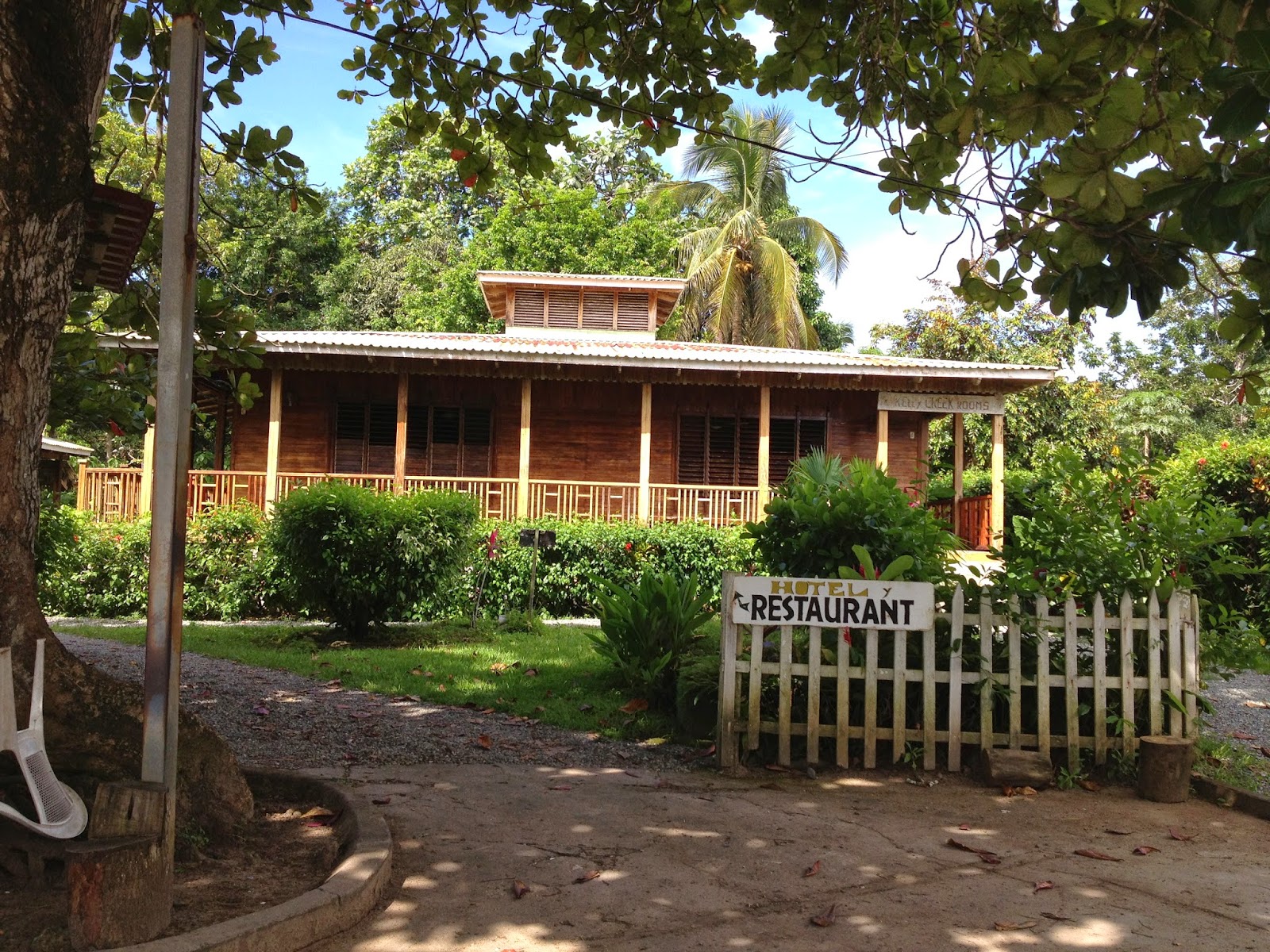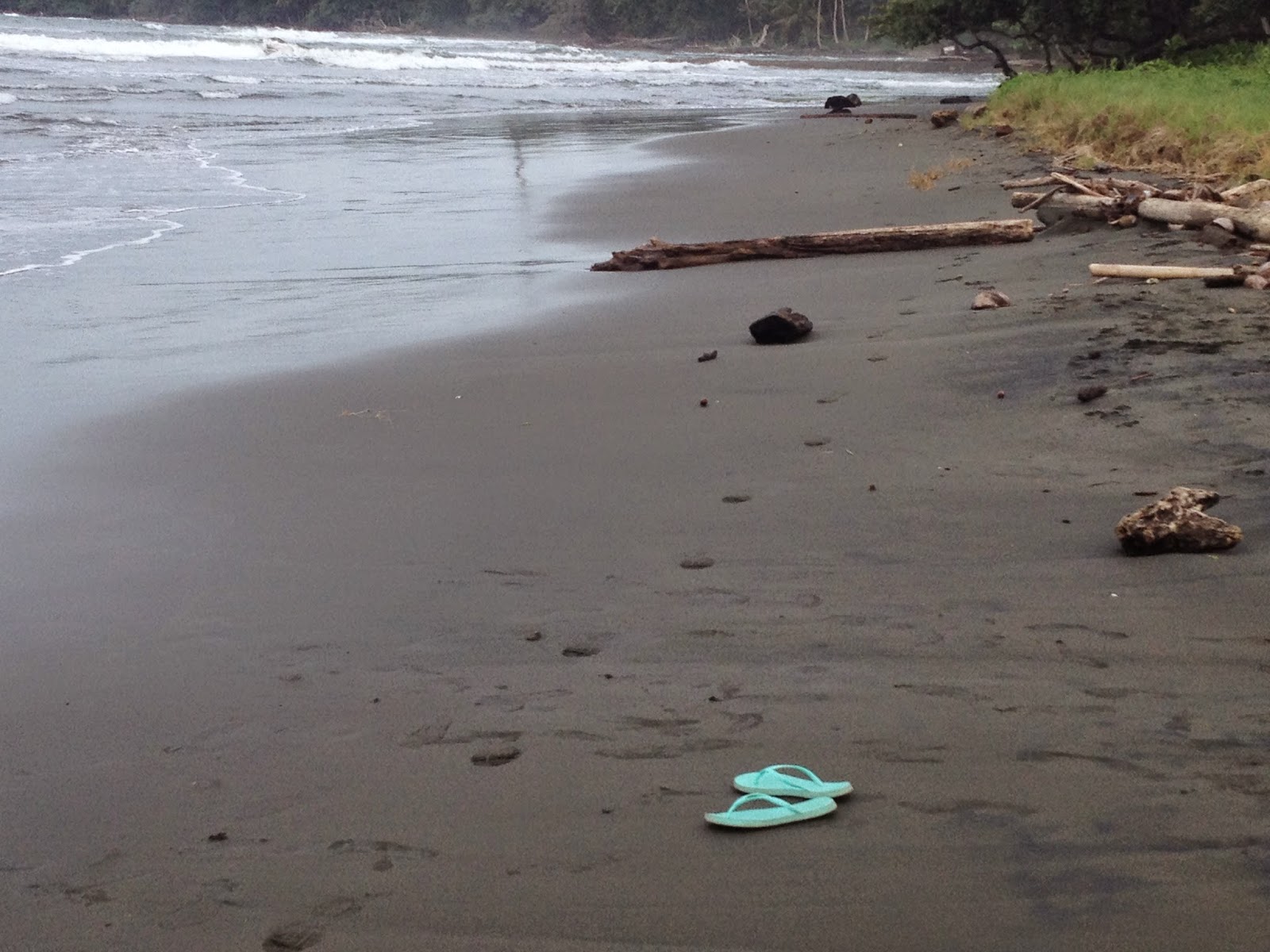¡Hola, amigos!
I am now back in Massachusetts, and am looking forward to seeing you all in school tomorrow! I wanted to make one last post about my trip to Costa Rica before saying goodbye to summer.
I spent my last days in Cahuita, a very small town on the Caribbean coast of Costa Rica. Below are my favorite pictures from this part of my trip.
I am now back in Massachusetts, and am looking forward to seeing you all in school tomorrow! I wanted to make one last post about my trip to Costa Rica before saying goodbye to summer.
I spent my last days in Cahuita, a very small town on the Caribbean coast of Costa Rica. Below are my favorite pictures from this part of my trip.
Cahuita es una ciudad muy pequeña. Está al este, cerca del mar Caribe.
El hotel en Cahuita también es muy pequeño, pero muy bonito. Es como una cabina.
El hotel está muy cerca a la playa. El océano aquí es el mar Caribe. El agua no es frío. ¡Es muy excelente para nadar!
En el restaurante del hotel, es posible ver cocodrilos grandes en el río. Les gustan comer los huesos [bones] de pollos del restaurante. El cocinero da los huesos a los cocodrilos todos los días. En tu opinión, ¿es buena mascota un cocodrilo?
También es posible ver unos monos en los árboles cerca del hotel. Este es un mono capuchin, con su cara blanca.
En Cahuita, hay dos playas diferentes. Esta playa se llama la Playa Blanca.
Y esta playa se llama la Playa Negra. La diferencia es obvia, ¿sí?
En las ciudades de la costa Caribe, hay casas de muchos colores brillantes. Las casas son pequeñas pero muy bonitas.
También hay flores de colores brillantes. Estas flores grandes y rojas son muy típicas.
I hope you had a great summer. I know I did! See you soon!

















































